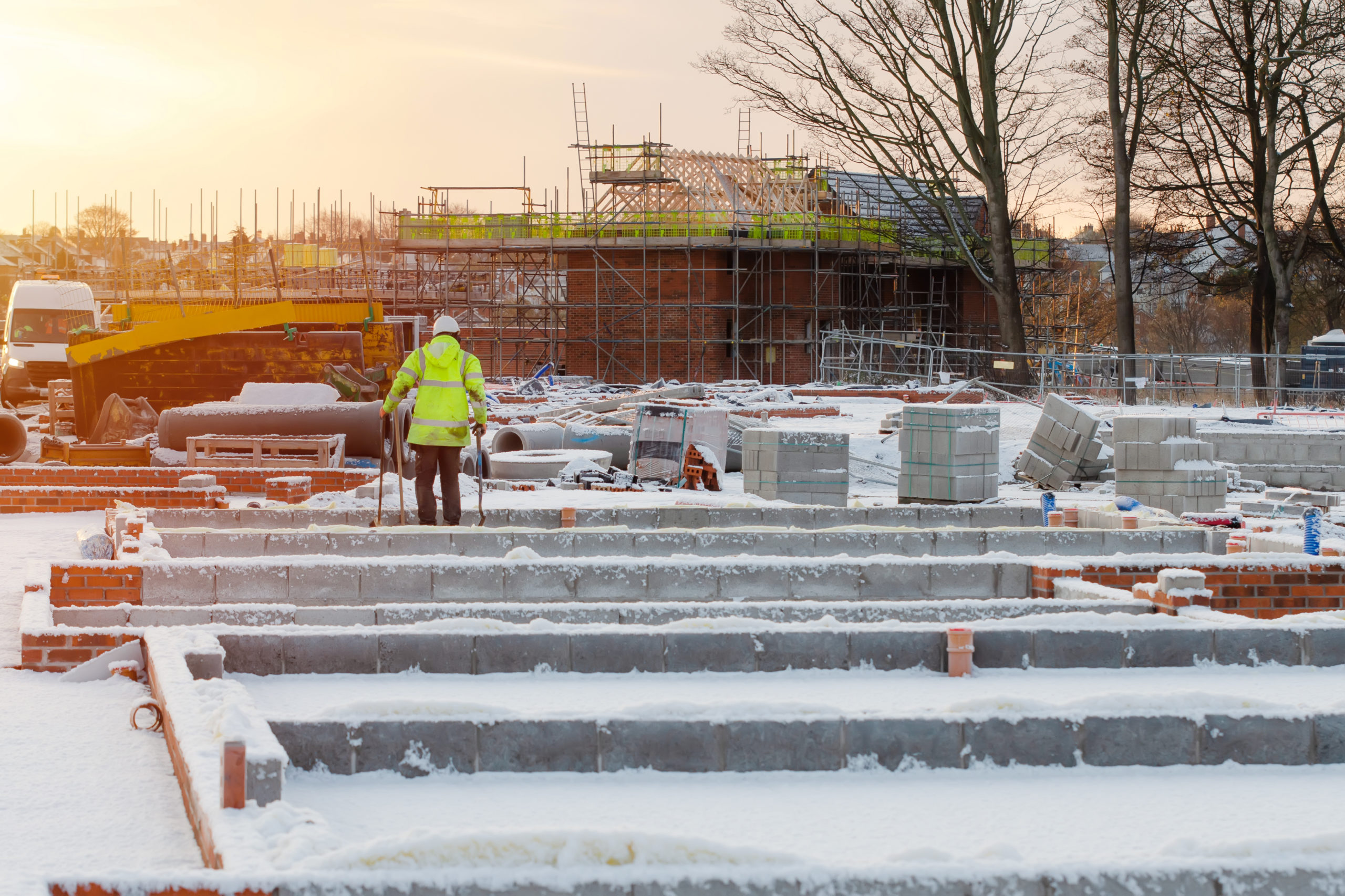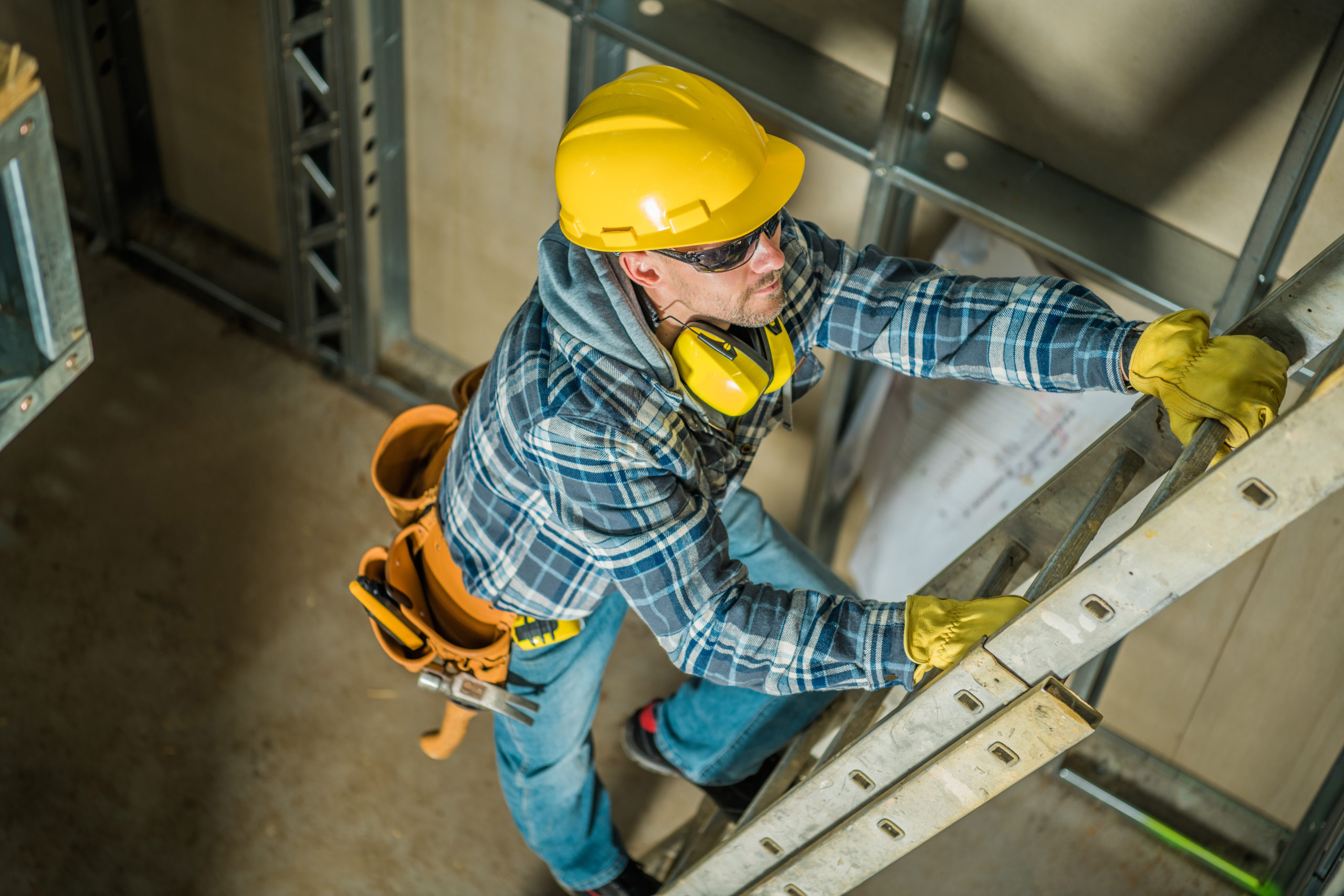Environmental Consultant Services & Safety Training Blog EPA interpretations of the SPCC Regulation 40 CFR 112
Many businesses will buy fuel and lubricants and store those products in tanks owned by the suppliers rather than buying and maintaining their own tanks, even if the tanks are to remain at their business for several years. The question has often been asked, “If the business does not own the tank(s), is the business responsible for compliance with the EPA’s spill prevention, controls, and countermeasures (SPCC) regulations 40 CFR 112? Or is it the responsibility of the fuel supplier to comply with the regulations, especially when dealing with secondary containment requirements. EPA representatives have stated during seminars that the facility (business) has the responsibility to comply with the SPCC requirements.
What if the business is just leasing the property where the tanks are located? EPA says that the lessee /operator of the facility and the tanks has the responsibility, unless there is a legal agreement that details the responsibilities for spill prevention, including containments and spill response/cleanup.
In a recent EPA meeting with Region 6 inspectors and interested parties, adequate freeboard in a secondary containment was explained as meaning the secondary containment should hold the volume of the single largest container in the containment, plus the amount of rainfall from a 25 year, 24 hour rain event. For Louisiana and East Texas, the amount of rainfall for such an event ranges from 8 to 11 inches. That translates into building the containment wall as much one foot taller than necessary based upon the tank volume only. The volume of the single, largest container plus ten percent for freeboard is no longer a valid interpretation.

Helping to make the world a healthier, safer, place for everyone since 1996
Useful Link
Shreveport, Louisiana | New Orleans, Louisiana | Dallas-Fort Worth, Texas | Monroe, Louisiana | Houston, Texas | Midland-Odessa, Texas | Tampa, Florida | Ft. Lauderdale, Florida | Charlotte, North Carolina | Detroit, Michigan | Omaha, Nebraska | Denver, Colorado | Mobile, Alabama | Sioux Falls, South Dakota | Pittsburgh, Pennsylvania | Honolulu, Hawaii |
 ">
">
 ">
">